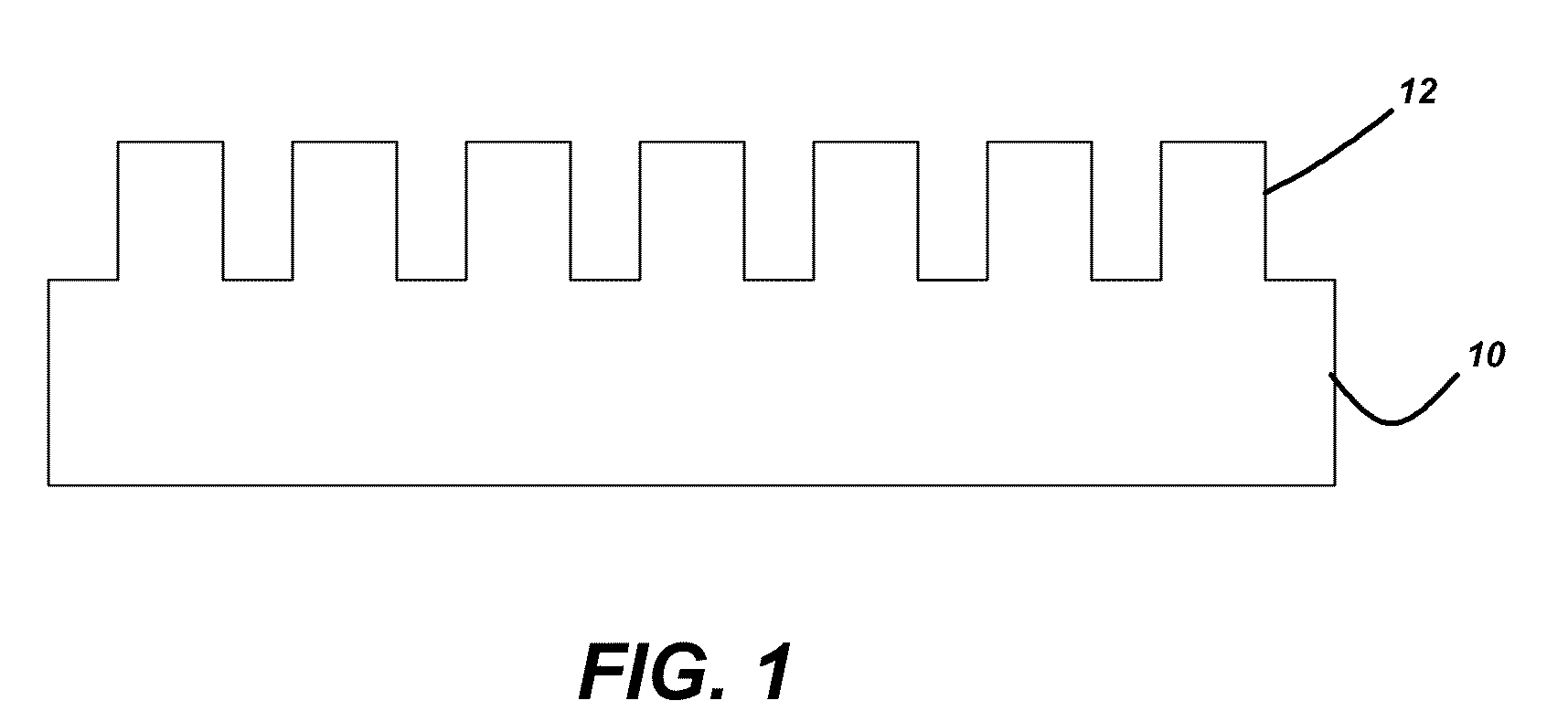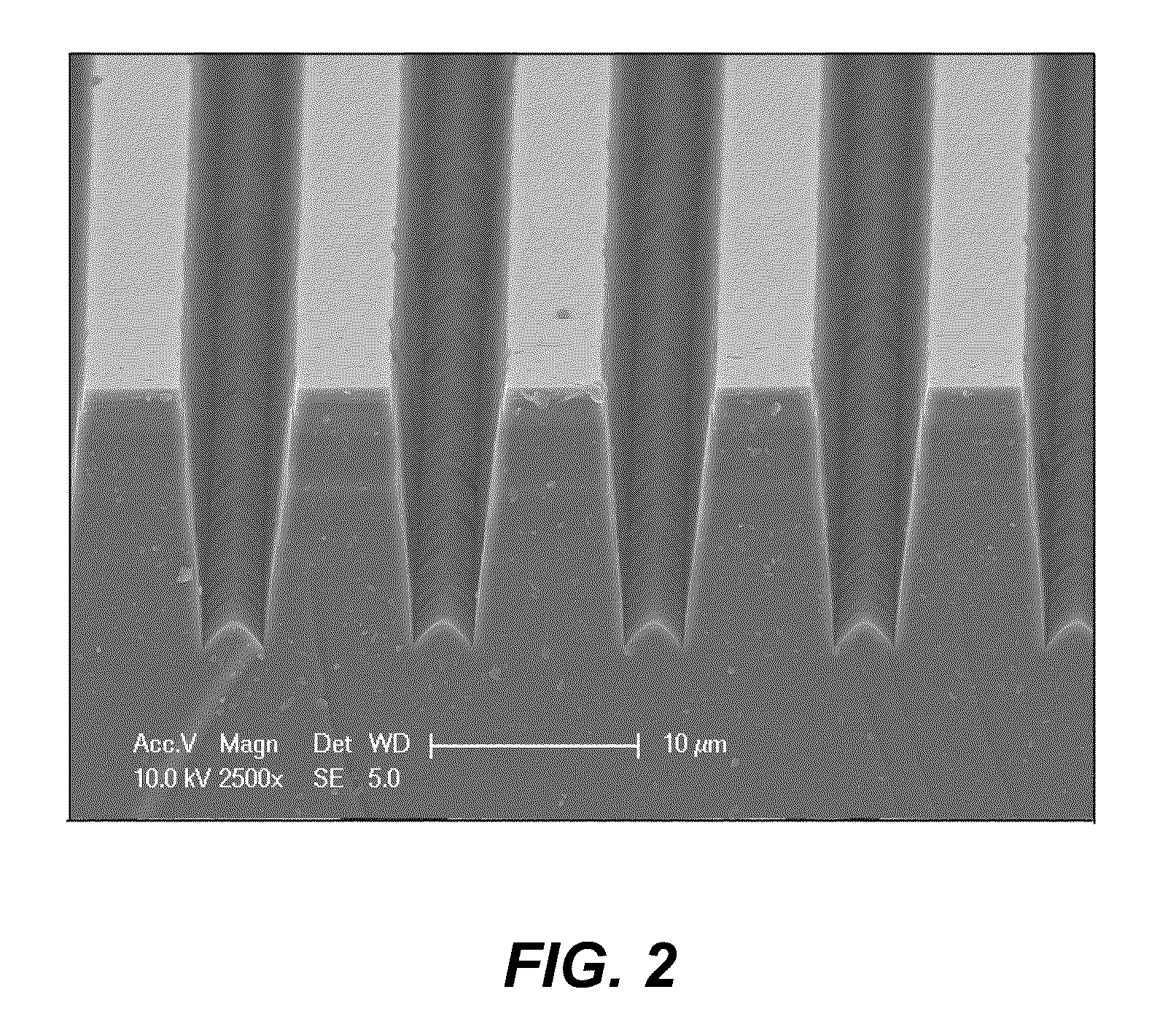Growth and manufacture of reduced dislocation density and free-standing aluminum nitride films by hydride vapor phase epitaxy
a technology of hydride vapor phase and aluminum nitride, which is applied in the growth process of polycrystalline materials, crystal growth processes, chemically reactive gases, etc., can solve the problems of high concentration of threading dislocations, high production cost, and high stress in the film and often cracking. , to achieve the effect of superior low defect density al-containing and superior growth method
- Summary
- Abstract
- Description
- Claims
- Application Information
AI Technical Summary
Benefits of technology
Problems solved by technology
Method used
Image
Examples
Embodiment Construction
[0038]In the following description of the preferred embodiment, reference is made to the accompanying drawings which form a part hereof, and in which is shown by way of illustration a specific embodiment in which the invention may be practiced. It is to be understood that other embodiments may be utilized and structural changes may be made without departing from the scope of the present invention.
[0039]Overview
[0040]The present invention has developed high quality, low defect density Al-containing III-nitride semiconductors films with dislocation densities below 107 cm−2. The films are grown via a lateral overgrowth technique by HVPE or MOCVD. Films containing reduced structural defect densities are grown on patterned substrates containing apertures or stripes where growth initiates on the raised features of the substrate and proceeds to grow laterally. Lateral growth is encouraged by growth at temperatures above 1075° C.
[0041]In another aspect of this invention, free-standing Al-co...
PUM
| Property | Measurement | Unit |
|---|---|---|
| temperature | aaaaa | aaaaa |
| temperature | aaaaa | aaaaa |
| temperature | aaaaa | aaaaa |
Abstract
Description
Claims
Application Information
 Login to View More
Login to View More - R&D
- Intellectual Property
- Life Sciences
- Materials
- Tech Scout
- Unparalleled Data Quality
- Higher Quality Content
- 60% Fewer Hallucinations
Browse by: Latest US Patents, China's latest patents, Technical Efficacy Thesaurus, Application Domain, Technology Topic, Popular Technical Reports.
© 2025 PatSnap. All rights reserved.Legal|Privacy policy|Modern Slavery Act Transparency Statement|Sitemap|About US| Contact US: help@patsnap.com



